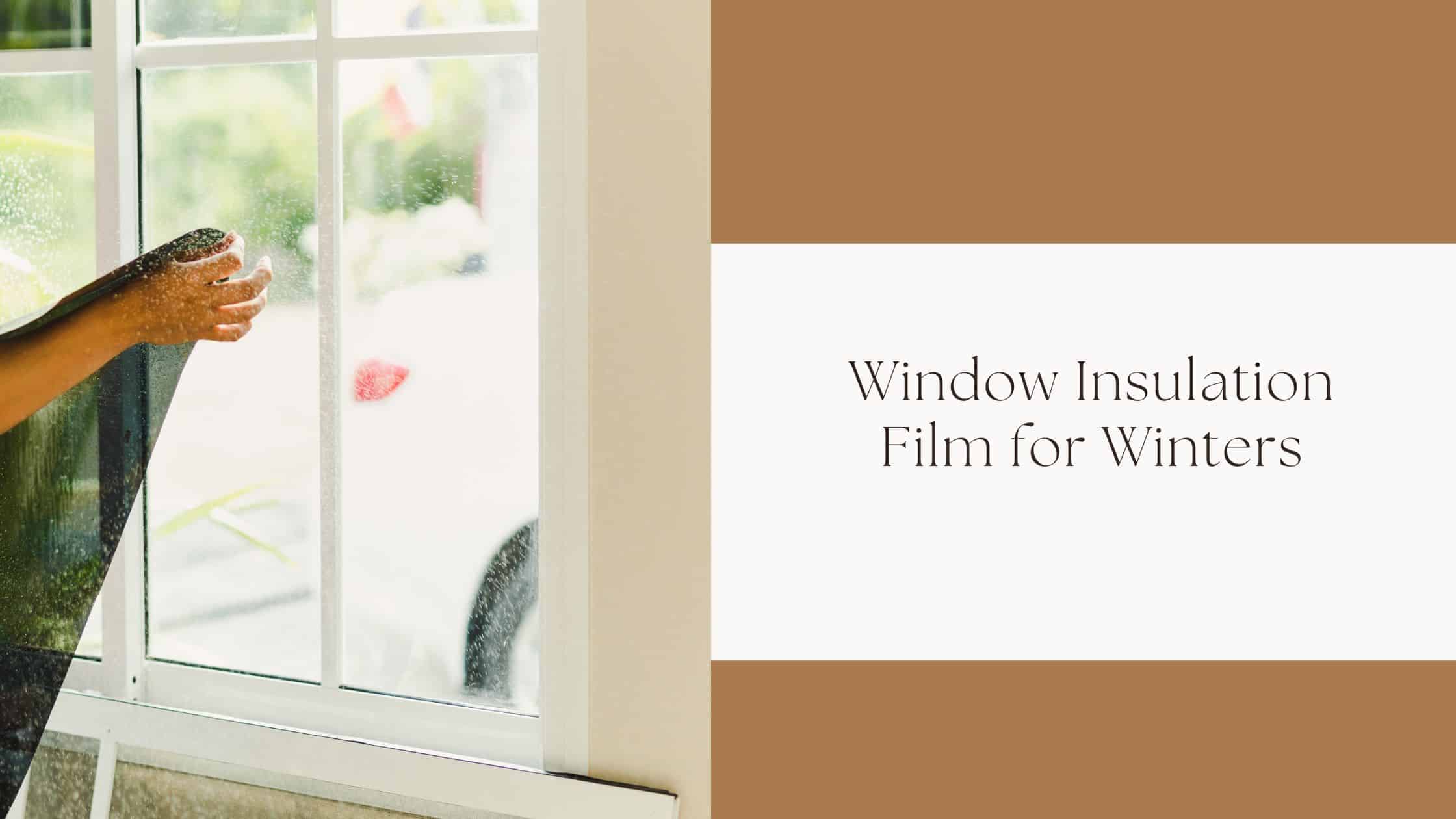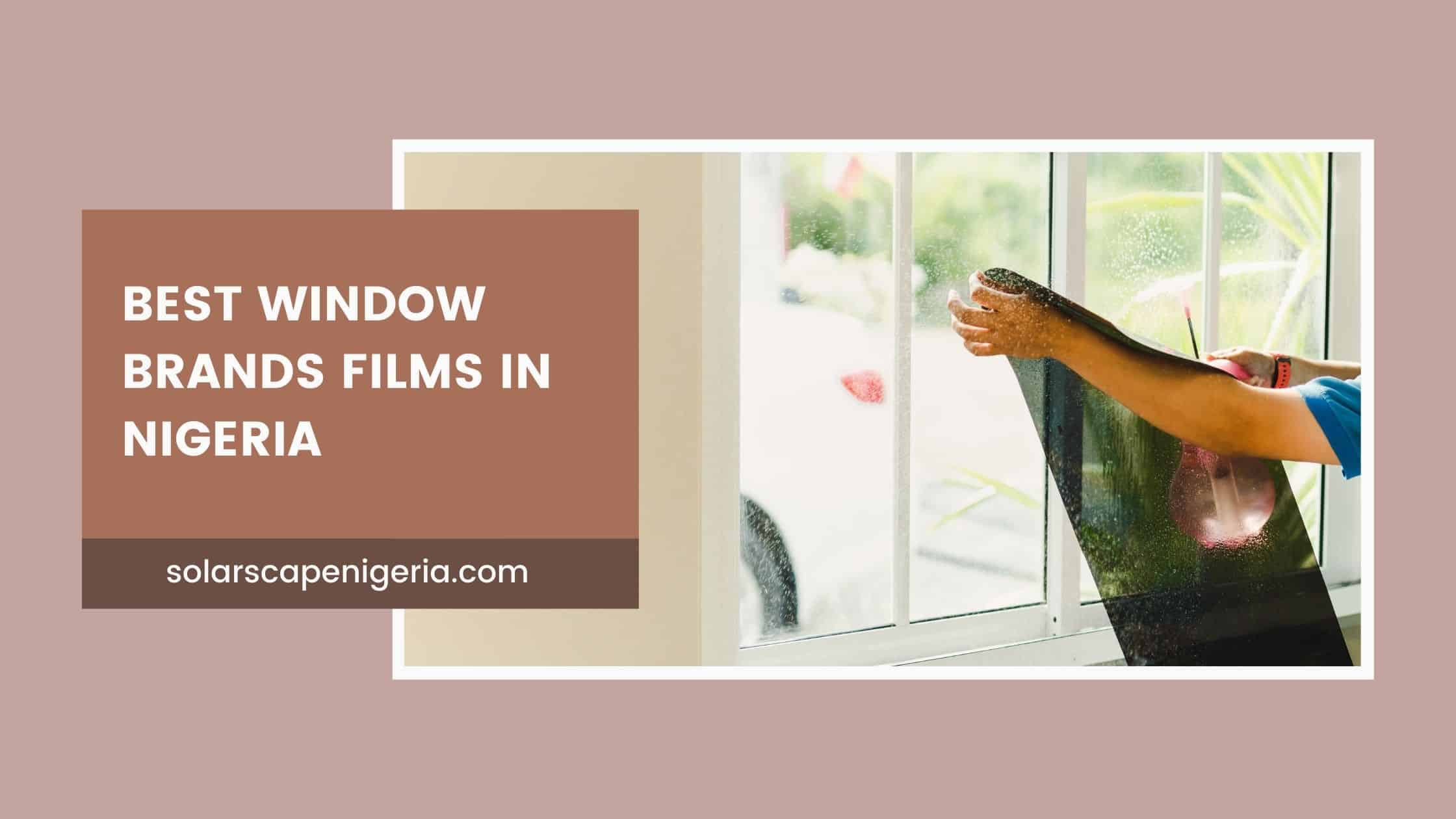Introduction
As energy efficiency becomes an increasingly important consideration, HVAC systems play a vital role in ensuring optimal energy consumption. With growing awareness, the use of window film has emerged as an effective solution to enhance HVAC efficiency. In this article, we will explore the impact of window film on HVAC systems and delve into its benefits, case studies, installation process, regulations, and alternative solutions.
Understanding HVAC Systems: A Vital Component of Energy Consumption
Heating, ventilation, and air conditioning (HVAC) systems are an indispensable part of modern buildings, regulating indoor temperature, humidity levels, and air quality. However, HVAC systems account for a substantial portion of the overall energy consumption. Therefore, finding energy-efficient solutions is essential to reduce environmental impact and lower utility costs.
Window Film: A Game-Changer for HVAC Efficiency
Window Film: What is it?
Window film is a thin layer made of polyester, metalized coatings, or ceramic elements that is applied to windows to alter their properties. This film enhances the performance of glass by reducing solar heat gain, blocking harmful UV rays, and enhancing insulation.
Different types of window film are available in the market, including solar control film, security film, decorative film, and privacy film. These options allow customization based on specific needs and preferences.
How Window Film Works
To understand the impact of window film on HVAC efficiency, it is important to explore the principles of heat transfer and solar gain. Window film intercepts energy flow by reflecting or absorbing solar radiation.
Various technologies are employed in window film to achieve this, such as spectrally selective coatings, low-emissivity coatings, and nanotechnology. These technologies allow for efficient control of heat transfer while still allowing ample natural light.
Benefits of Window Film on HVAC Efficiency
The application of window film yields several benefits when it comes to HVAC efficiency:
Reduction in solar heat gain and heat loss: Window film acts as a barrier, limiting the amount of solar heat entering a building during hot summers, and preventing heat loss during colder months. This results in decreased reliance on HVAC systems.
Enhanced solar reflectivity and insulation: By reflecting a significant portion of solar radiation, window film reduces the need for cooling and lowers energy consumption. Additionally, improved insulation properties help maintain consistent indoor temperatures, reducing HVAC workload.
Decreased HVAC runtime and energy consumption: With window film reducing the amount of heat transferred into or out of a building, HVAC systems can operate more efficiently, resulting in reduced runtime and lower energy consumption.
The Installation Process: Integrating Window Film Into Existing Structures
Pre-Installation Considerations
Before applying window film, several factors must be considered. Building orientation and climate conditions play a crucial role in determining the suitable window film options. Analyzing these factors helps optimize HVAC efficiency while accounting for varied weather conditions. Calculating the return on investment (ROI) is also important for making informed decisions.
Professional Installation: What to Expect
- The installation process involves several steps that ensure the proper application and functionality of window film:
- Thoroughly clean and prepare window surfaces.
- Measure and cut the window film to match the dimensions.
- Apply a film adhesive to the glass surface.
- Install the window film, ensuring proper alignment and bubble-free application.
- Use a squeegee to remove excess adhesive and reinforce adhesion.
- Inspect the installation for any imperfections or issues.
- Choosing experienced installers is crucial for a successful window film application, as it requires precision and attention to detail.
- C. Post-Installation Maintenance and Care.
- Maintaining the integrity of window film is important for long-term performance. Here are essential tips for proper maintenance:
- Regularly clean the window film using non-abrasive materials.
- Avoid using harsh cleaning agents that could damage the film.
- Address any issues promptly, such as peeling or bubbling, by contacting professional installers.
- Be mindful of potential hazards, such as sharp objects, that could damage the film.
Window Film Regulations and Standards
Building Codes and Regulations
Compliance with local and international building codes and regulations is essential when installing window film. These regulations ensure safety, fire resistance, and compliance with energy efficiency standards. Understanding the implications of these codes and regulations is vital for new constructions and renovations involving window film.
Performance Certifications
High-quality window film products often carry recognized certifications and labels that validate their performance. Certifications such as NFRC (National Fenestration Rating Council) and ENERGY STAR indicate compliance with industry standards and ensure product efficiency. Looking for these certifications helps guarantee the efficacy of window film in enhancing HVAC efficiency.
Factors Affecting the Efficiency of Window Film
Climate and Geographic Location
Different climates and geographic locations impact the performance of window film. Adjusting the specifications of window film, such as solar heat gain coefficient (SHGC) and visible light transmittance (VLT), according to the climate conditions is crucial for optimal efficiency. Considering factors like temperature variations and sun exposure helps select the most suitable window film options.
Window Orientation and Design
Window orientation and design also influence the efficiency of window film. South-facing windows, for instance, receive more direct sunlight, requiring greater heat reflectivity. Additionally, window designs with low solar heat gain properties can limit the effectiveness of window film. Recognizing these limitations allows for strategic placement and selection of window film.
Proper Sizing and Application
Ensuring proper sizing and coverage of window film is essential for optimal efficiency. Inadequate coverage or overlapping can compromise performance. Likewise, common application mistakes, such as improper cleaning or insufficient adhesion, can affect the effectiveness of window film. Careful attention to these details guarantees the best results.
Window Film vs. Alternative Solutions for HVAC Efficiency
Window Film vs. Window Replacements
Compared to costly window replacements, window film offers a cost-effective and environmentally friendly alternative. While window replacements entail extensive construction work and higher expenses, window film can achieve comparable results in terms of energy savings and improved HVAC efficiency.
Window Film vs. Window Treatments
Traditional window treatments like curtains and blinds have limited capabilities in terms of energy efficiency. Window film provides superior energy-saving potential by reducing solar heat gain and heat loss more effectively. Its transparent properties allow natural light to enter while maintaining thermal comfort, making it a better option for HVAC efficiency.
Exploring Technological Advancements in Window Film
Smart Window Film
The emergence of intelligent window film with adjustable properties brings new possibilities. With smart films, users can control the transparency and heat-reflecting capabilities of the window, optimizing HVAC efficiency and energy consumption. This technological advancement has the potential to revolutionize energy-saving strategies.
Photovoltaic (PV) Window Film
PV window film technology harnesses solar power by incorporating photovoltaic cells within the film. This innovation enables windows to generate electricity, reducing reliance on external power sources. The integration of PV window film into buildings holds promise for achieving energy self-sufficiency and reducing carbon footprint.
Investing in the Future: The Long-Term Benefits of Window Film
Economic Advantages
In addition to HVAC efficiency, the financial benefits of window film are substantial. Reduced energy consumption leads to lower utility bills, resulting in long-term savings. Moreover, the improved energy efficiency and comfort offered by window film can contribute to increased property value and lower operational costs.
Environmental Impact
Window film’s impact extends beyond energy consumption to environmental sustainability. By reducing energy demand, it helps mitigate carbon emissions, contributing to a greener future. In line with sustainability goals, window film installations can also help buildings achieve green certifications, further strengthening their environmental credentials.
FAQs
Does window film block natural light entirely?
Window film is designed to control solar heat gain while allowing natural light to enter. There are options available that maintain daylight visibility while reducing infrared and UV radiation.
Can window film be applied to all types of windows?
Window film can be applied to most types of windows, including single-pane and double-pane glass. However, it is recommended to consult professionals for a detailed assessment and suitable recommendations.
How long does window film last?
The lifespan of window film depends on various factors, such as the quality of the film, installation process, and maintenance. Generally, high-quality window film can last for 10 to 20 years with proper care.
Conclusion
Window film is a powerful tool in revolutionizing HVAC efficiency and energy consumption. Through its ability to reduce solar heat gain, enhance insulation, and decrease energy consumption, window film offers significant benefits for both commercial and residential buildings. By understanding the science behind window film, considering installation factors, complying with regulations, and exploring technological innovations, the potential for unlocking the power of window film becomes apparent. Embracing this efficient solution can make a profound difference in achieving energy savings, promoting sustainability, and improving indoor comfort.
Frequently Ask Questions
indow film is designed to control solar heat gain while allowing natural light to enter. There are options available that maintain daylight visibility while reducing infrared and UV radiation.
Window film can be applied to most types of windows, including single-pane and double-pane glass. However, it is recommended to consult professionals for a detailed assessment and suitable recommendations.
The lifespan of window film depends on various factors, such as the quality of the film, installation process, and maintenance. Generally, high-quality window film can last for 10 to 20 years with proper care.




